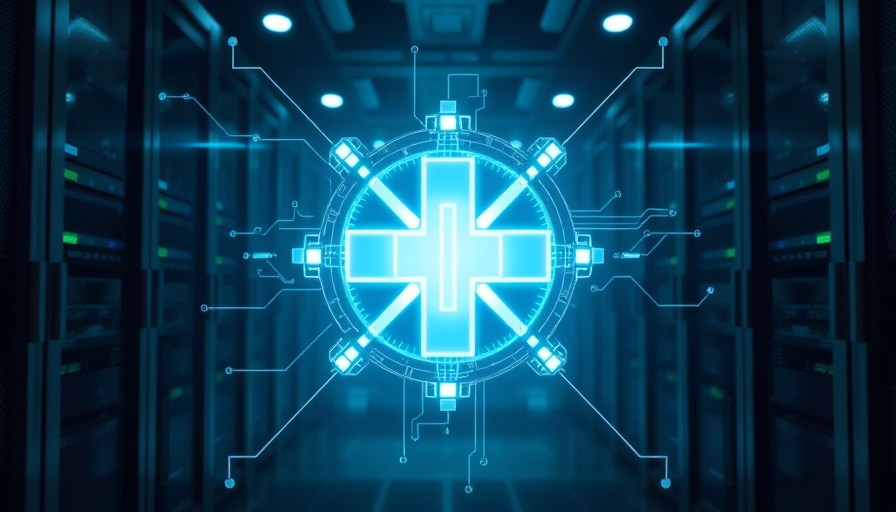
Building a Solid Foundation in Health Tech
In the fast-evolving world of health technology, creating a secure foundation is critical for both developers and users. Health tech innovations promise to enhance patient care, improve health outcomes, and streamline operations — yet these advancements come with responsibility. Every application and device must prioritize security as breaches can endanger not just data but lives.
The Importance of Security Standards
One of the cornerstones for building a secure health tech environment is adherence to established security standards. Guidelines set forth by organizations such as the Health Insurance Portability and Accountability Act (HIPAA) provide a framework for protecting electronic health information. Following these standards is not just a legal obligation; it’s a best practice that fosters trust between healthcare providers and patients.
Strategy for Risk Mitigation
Implementing a robust risk mitigation strategy is essential in health tech. Regular security assessments can help identify vulnerabilities within systems. Organizations can adopt a proactive approach by integrating advanced cybersecurity measures like encryption, multi-factor authentication, and continuous monitoring of their technology. This not only protects sensitive data but also aids in complying with regulatory standards.
Education is Key
Education on data security practices is crucial for healthcare personnel. Training staff to recognize phishing attempts, secure mobile devices, and properly handle patient data can dramatically reduce security threats. Fostering a culture of security awareness within healthcare settings empowers all team members to contribute to safeguarding sensitive information.
Collaborative Engagement in Health Tech
Collaboration between technology vendors and healthcare providers leads to better security solutions. Engaging in an open dialogue about security expectations ensures that software and hardware developed have robust security features. As technology continues to advance, so too must the security measures that support it.
Adapting to Future Challenges
As the landscape of health technology evolves, so will the threats and challenges that come with it. Organizations need to be adaptable, regularly updating their security approaches based on emerging trends. Consideration must be given to new technologies like artificial intelligence and telehealth, which require unique security protocols to protect patient information.
Conclusion: Safeguarding Health Tech’s Future
The future of healthcare technology depends on building a solid, secure foundation. By prioritizing the implementation of security standards, risk mitigation strategies, continuous education, and collaborative efforts, the health tech community can safeguard not only personal data but also trust and integrity within the healthcare system. As we continue to integrate technology into healthcare, the importance of a secure foundation cannot be overstated.
 Add Row
Add Row  Add
Add 




 Add Row
Add Row  Add
Add 
Write A Comment